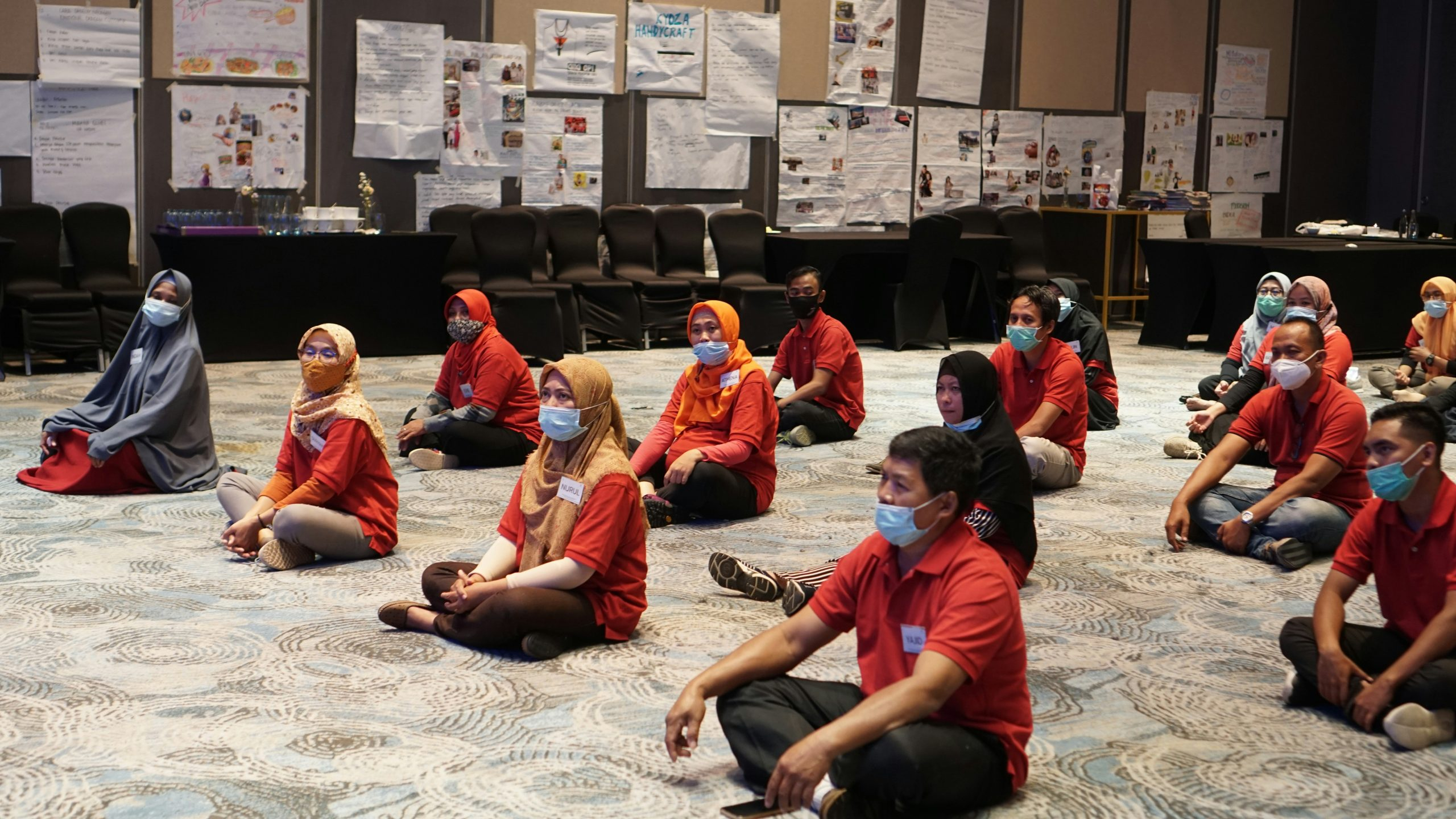Building resilience: teaching students to overcome challenges
In today’s fast-paced and competitive world, it’s easy for students to become overwhelmed and discouraged when faced with challenges. Whether it’s academic, social, or personal, challenges are a part of every student’s journey. However, it’s not the challenges themselves that define students, but how they respond to them. Building resilience is a crucial skill that prepares students to face and overcome challenges, helping them to develop into well-rounded and successful individuals. In this article, we will explore how teachers can play a crucial role in teaching students to build resilience and equip them with the necessary tools to overcome challenges.
The Importance of Building Resilience in Students
Resilience is defined as the ability to bounce back from setbacks and adapt to changing circumstances. Teaching students to be resilient allows them to develop a growth mindset and view challenges as opportunities for growth and learning, rather than as roadblocks. By building resilience, students learn to be more self-reliant, resourceful, and determined, all of which are essential life skills.
Furthermore, building resilience in students can have a positive impact on their mental health. Studies have shown that students who are more resilient are less likely to experience anxiety and depression. They have better coping mechanisms and can handle stress and pressure more effectively. As teachers, it’s our responsibility to not only educate students academically but also help them to develop into well-adjusted and mentally healthy individuals.
How Teachers Can Teach Students to Overcome Challenges
1. Encourage a Growth Mindset
A growth mindset is the belief that one’s abilities and intelligence can be developed through effort and learning. Students with a growth mindset are more likely to see challenges as opportunities for growth and are more resilient in the face of setbacks. Teachers can encourage a growth mindset by praising effort and progress rather than focusing on achievements. Encouraging students to view challenges as learning opportunities and showing them that it’s okay to make mistakes can also help develop a growth mindset.
2. Model Resilience
As the saying goes, “actions speak louder than words.” As teachers, we can model resilience by how we respond to challenges in and out of the classroom. Our reactions to setbacks and our ability to keep trying and not give up can have a significant impact on students. Modeling resilience also means being transparent about our failures and how we overcame them. This shows students that even adults face challenges and can overcome them, giving them hope and motivation to do the same.
3. Teach Coping Strategies
One of the essential aspects of building resilience is learning how to cope with difficult situations. Teachers can teach students various coping strategies such as deep breathing, positive self-talk, and time management techniques. By equipping students with these tools, they can learn to manage stress and stay focused, even in challenging situations.
4. Foster a Supportive Classroom Environment
A supportive classroom environment is crucial for building resilience in students. An environment where students feel safe, accepted, and valued allows them to express themselves without fear of judgment. Teachers can create such an environment by practicing empathy and actively listening to students. Acknowledging and addressing students’ emotions and providing a support system can also help students feel more resilient and better equipped to face challenges.
Conclusion
Building resilience in students is a crucial part of their personal and academic development. As educators, it’s our responsibility to teach students the importance of resilience and equip them with the necessary skills to overcome challenges. By fostering a growth mindset, modeling resilience, teaching coping strategies, and creating a supportive classroom environment, we can help our students become more resilient, confident, and successful individuals.
So the next time you see your students faced with a challenge, remember that you have the power to guide them towards resilience and help them realize their full potential. Let’s work together to build strong, resilient students who can face any challenge that comes their way.











